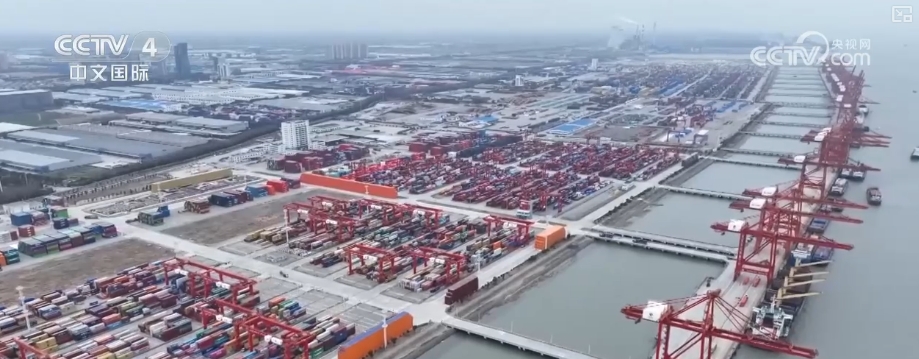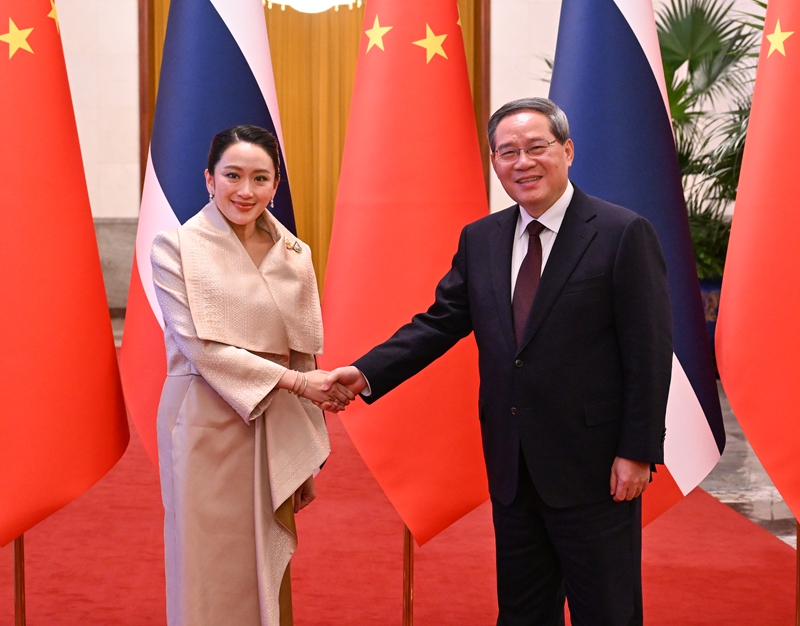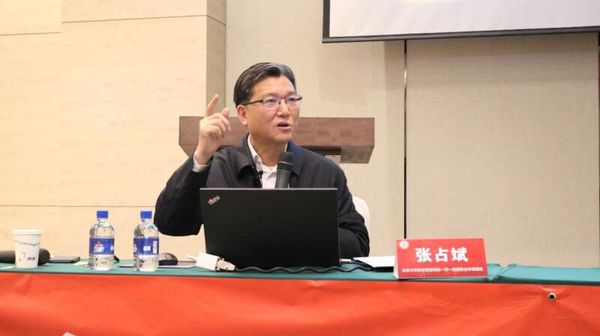In 138 BC, The Silk Road Was Opened: A Bridge For Thousands Of Years Of Civilization And A Beacon For Future Cooperation.”
In 138 BC, The Silk Road Was Opened: A Bridge For Thousands Of Years Of Civilization And A Beacon For Future Cooperation.”
In 138 BC, Zhang Qian of the Han Dynasty went to the Western Regions as an envoy and opened up the Silk Road connecting the East and the West. This ancient trade avenue not only promoted the circulation of goods, but also became an important link for the exchange of culture, thought, religion and art. The opening of the Silk Road
In 138 BC, Zhang Qian of the Han Dynasty went to the Western Regions as an envoy and opened up the Silk Road connecting the East and the West. This ancient trade avenue not only promoted the circulation of goods, but also became an important link for the exchange of culture, thought, religion and art. The opening of the Silk Road profoundly changed the world structure and highlighted the eternal theme of mankind's pursuit of cooperation and exchanges. This article will comprehensively analyze the great significance of the Silk Road from four aspects: historical background, development process, cultural impact and modern inspiration.
1. Historical background: National strategy and geographical needs of the Han Dynasty
In 138 BC, during the period of Emperor Wu of the Han Dynasty, the country had a vast territory and a prosperous economy, but foreign exchanges were still limited by geography and politics. The Han Dynasty hoped to acquire rare products and enhance national strength by exploring the Western Regions. At this time, the idea of the Silk Road came into being and became an important part of the foreign policy of the Han Dynasty. The Western Region is located in Central Asia. It is a strategic hub connecting China, the Middle East and Europe, and is also an important node for the intersection of Eastern and Western cultures.
2. The development process: difficulties and obstacles and the indomitable spirit of exploration
Zhang Qian's mission was full of hardships: crossing the Gobi desert, climbing over mountains and canyons, and facing unknown dangers and difficult environments. After more than ten years of trekking, although he failed to achieve his expected goal, he continued to explore and find new passages, and finally successfully crossed Central Asia and opened up the trade route between the East and the West. During this period, he was detained and tested by hostile forces, but he always adhered to his mission and showed a great spirit of exploration.
3. The far-reaching influence of culture and economy: the blending and prosperity of civilizations
The Silk Road was not only a commodity circulation line, but also a link for cultural exchanges. With Zhang Qian's return, the Han Dynasty sent envoys to establish a prosperous trade network along the route. Chinese silk, porcelain, and tea were exported to the Middle East and Europe and became symbols of luxury; while Western spices, gems, gold and silver were also continuously introduced into China. Buddhism was introduced to China from India, Iranian culture influenced Central Plains art, and Greek sculptures and writings left their mark on Central Asia. These exchanges gave birth to rich and colorful artistic styles and promoted the development of multiculturalism.
4. Modern Enlightenment: Connecting and Cooperating to Promote Common Prosperity of Mankind
The opening of the Silk Road greatly promoted the economic prosperity and cultural diversity of the East and the West. It proves the power of cooperation and communication and inspires contemporary people to inherit and carry forward the spirit of "a bridge connecting hearts". In the context of globalization, the spirit of the Silk Road inspires us: only by adhering to cooperation, tolerance and win-win can we achieve the sustainable development of human civilization. Today’s “One Belt, One Road” initiative is the modern continuation of the spirit of the ancient Silk Road.
Looking back at the history of thousands of years ago, the Silk Road is like a seed. After years of baptism, it took root, sprouted, blossomed and bore fruit. As a new era, we should remember that glorious history, inherit the spirit of cooperation, and promote exchanges and integration of different civilizations. Only in this way can human civilization usher in a more brilliant future through continuous innovation. The Silk Road is not only a witness to history, but also a beacon for future cooperation, illuminating the path forward for mankind. #中华史#








